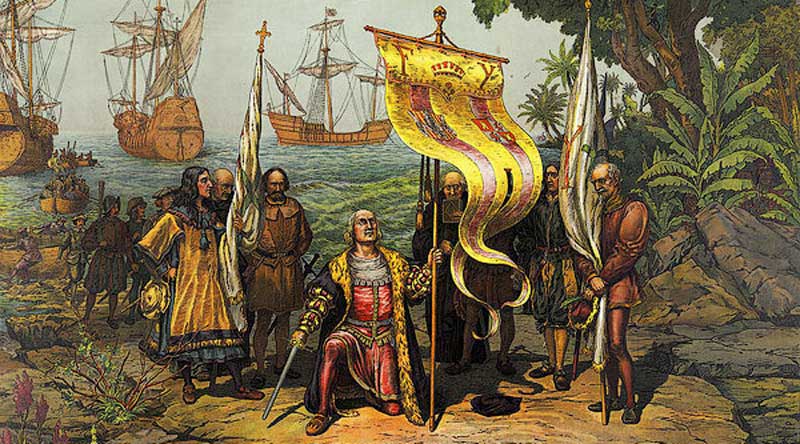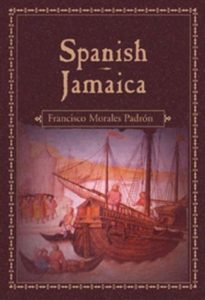Columbus arrived at St. Anns Bay on May 5, 1494 but finding the Indians hostile, he moved on to a harbour ‘shaped like a horseshoe’ which we now know today as Discovery Bay and it was here that he made his first landing and claimed the island for the kingdom of Spain. But it would take another six years before the colonists arrived to establish the first European settlement at St. Anns Bay. They called the town Sevilla la Nueva or New Seville but the site proved unhealthy and was eventually abandoned and the capital relocated at today’s Spanish Town.
Seville – the town where it all started – Read Now
Jamaica as a Spanish colony was largely a failure. Once the Spaniards realized there was no gold to be found here, interest in the island died and Jamaica was seen as being useful only as a source of supplies for the more settled and important colonies of Cuba and Hispaniola. One hundred and fifty years after the original 70 pioneers landed to settle the island, the population had risen to only 4,000 and this included enslaved Africans. During these years of neglect, the Spanish enslaved the Indians and so worked and mistreated them that in a short time they all but died out – the process being aided by the introduction of European diseases to which the Tainos had little immunity. Meanwhile, the Spaniards devoted themselves chiefly to agricultural and pastoral pursuits ; they introduced swine, horses and cattle which they kept on open savannas and grew tobacco, vegetables and sugar cane.
Did You know that the original name for Spanish Town was Villa de la Vega which the English mistakenly called St. Jago de la Vega? Did you also know that it is the oldest area of continuous urban settlement in Jamaica and one of the oldest in the New World?
Like the Tainos, the original Spanish people have disappeared from the Jamaican scene. There are no visible traces of their occupation and only place names and especially river names (survive to remind is of our links with Spain) a few names for plants animals and fruits, the rubble of a few ruins and the site of the oldest township in the island. In recent years the Spaniards have belatedly shown a renewed interest in Jamaica with investments in the hotel sector that have had a dubious beneficial effect on development of the industry. Their most significant and probably, only major government contribution has been to finance the full restoration of the museum at Seville while the Spanish-Jamaica Foundation has been established to promote cultural exchange between Jamaica and Spain. In the words of one writer “ They have left us almost nothing to regret or admire”.
Learn more about the Spanish presence in Jamaica with the Book:



